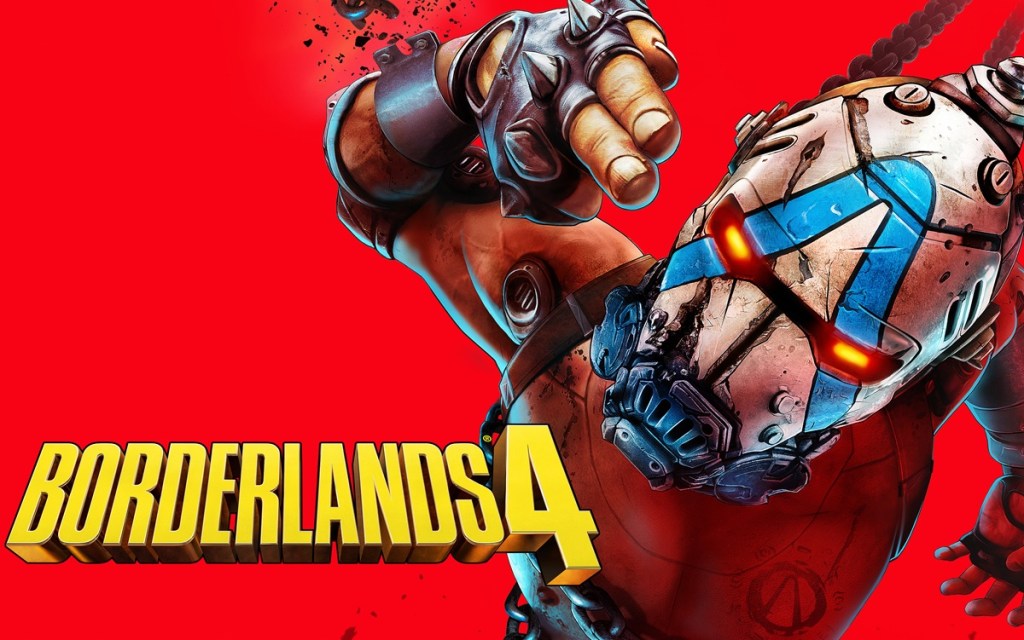Apologies, but no results were found for the requested archive. Perhaps searching will help find a related post.

Apologies, but no results were found for the requested archive. Perhaps searching will help find a related post.